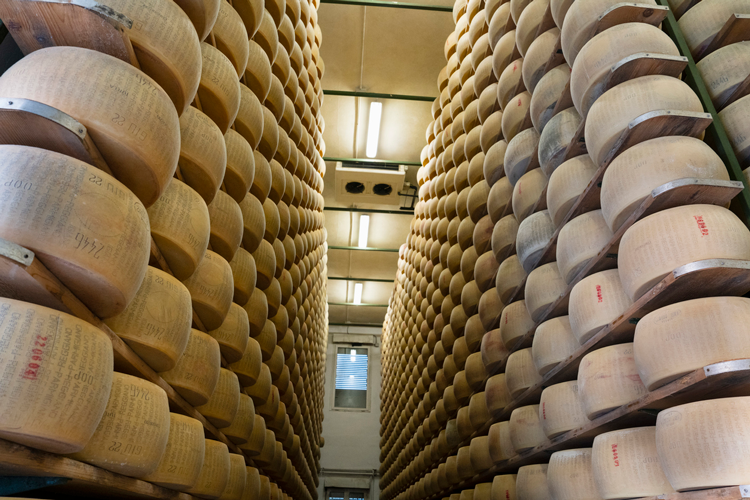
With the Easter holiday fast approaching, dairy farmers are hoping for plenty of cheese and butter sales for spring holiday cooking needs. Aligned with these grocery store sales, milk output is climbing toward its seasonal peak. However, prices, especially in the cheese market, struggled throughout the first quarter, keeping the Class III value weak and delaying any substantial margin recovery, much to the frustration of farmers hoping for renewed profitability after a challenging 2023. Into the remainder of this year, signs are emerging that milk revenues will improve, but it will likely be a slow recovery taking place over months, not weeks.
Globally, milk supply growth continues to struggle, with the second half of 2023 seeing weaker year-over-year production from the key exporting regions. A return to production expansion will take time. Rabobank forecasts lower year-over-year output for the first two quarters of this year before volume turns positive into the second half of 2024.
After two consecutive quarters of weaker supply, a firmly bullish price response would typically have materialized, similar to the output pullback in 2021 that was followed by, in some measures, record high prices into 2022. However, the supply and demand balance are different this time, with lower milk production relatively neutralized by sluggish global demand in recent months. Less milk has been shrugged off by global buyers sitting on adequate inventories, and macroeconomic worries that persist. Looking ahead, there is growing evidence that demand is on the upswing, but it will take time before prices are driven higher.
Cheese has been the key drag on the U.S. market so far this year. Starting the year in the $1.40s, both block and barrel Cheddar climbed to the upper $1.60s at the CME spot market into February but retreated to calendar year lows by mid-March. Adequate supply coupled with weaker demand has simultaneously prevented any substantial cheese price growth from materializing, with the upside limited in the near term as spring flush milk flows to cheese vats.
Dry whey has also encountered weakness into March following a firm February, providing an additional drag on the Class III price. The story was similar in nonfat dry milk, with February’s highs weakening into March; Class IV is helped, though, by an especially firm butter price so far this year, driven by both the early Easter date and persistent concerns about supply availability into the second half of 2024 following two consecutive years where the CME spot price set a new record high.
Rabobank believes slow but steady dairy commodity price gains will materialize later this year. Coupled with lower expected feed costs, an improved margin outlook will eventually drive milk production growth in both the U.S. and other key exporting regions by the second half of this year. It will likely not be a record price year by any measure, but farmers will surely welcome the eventual return to profitability.








